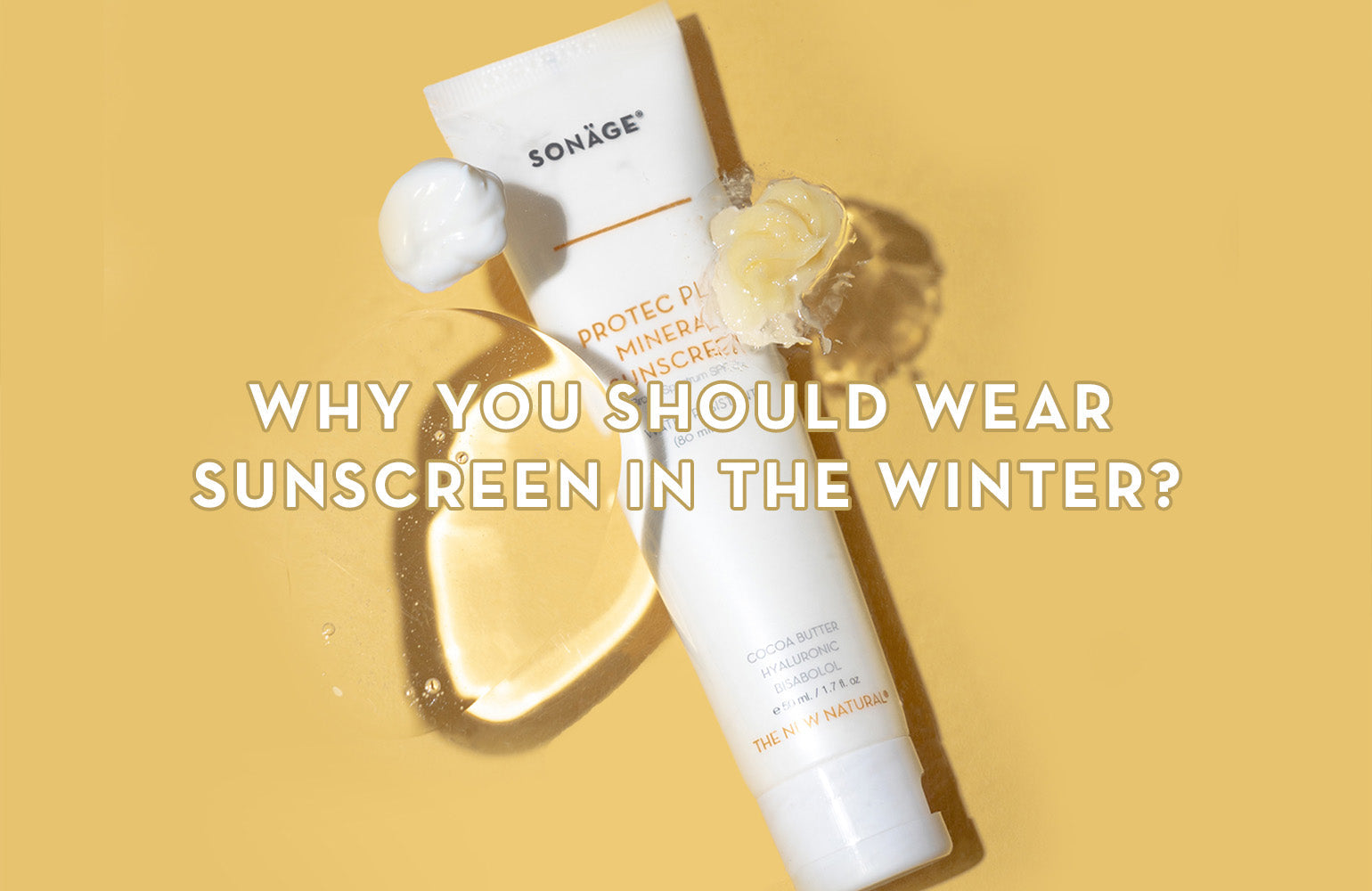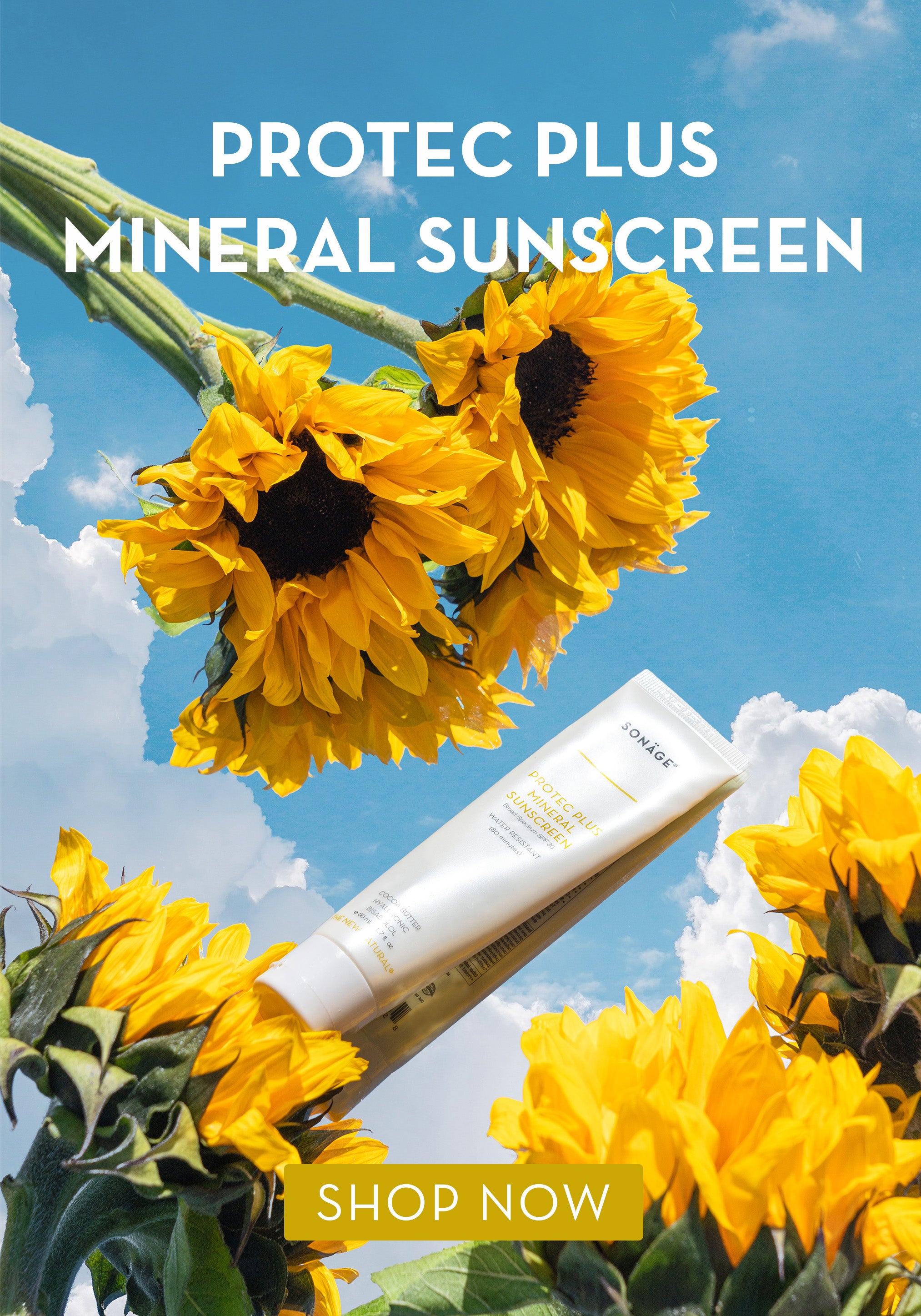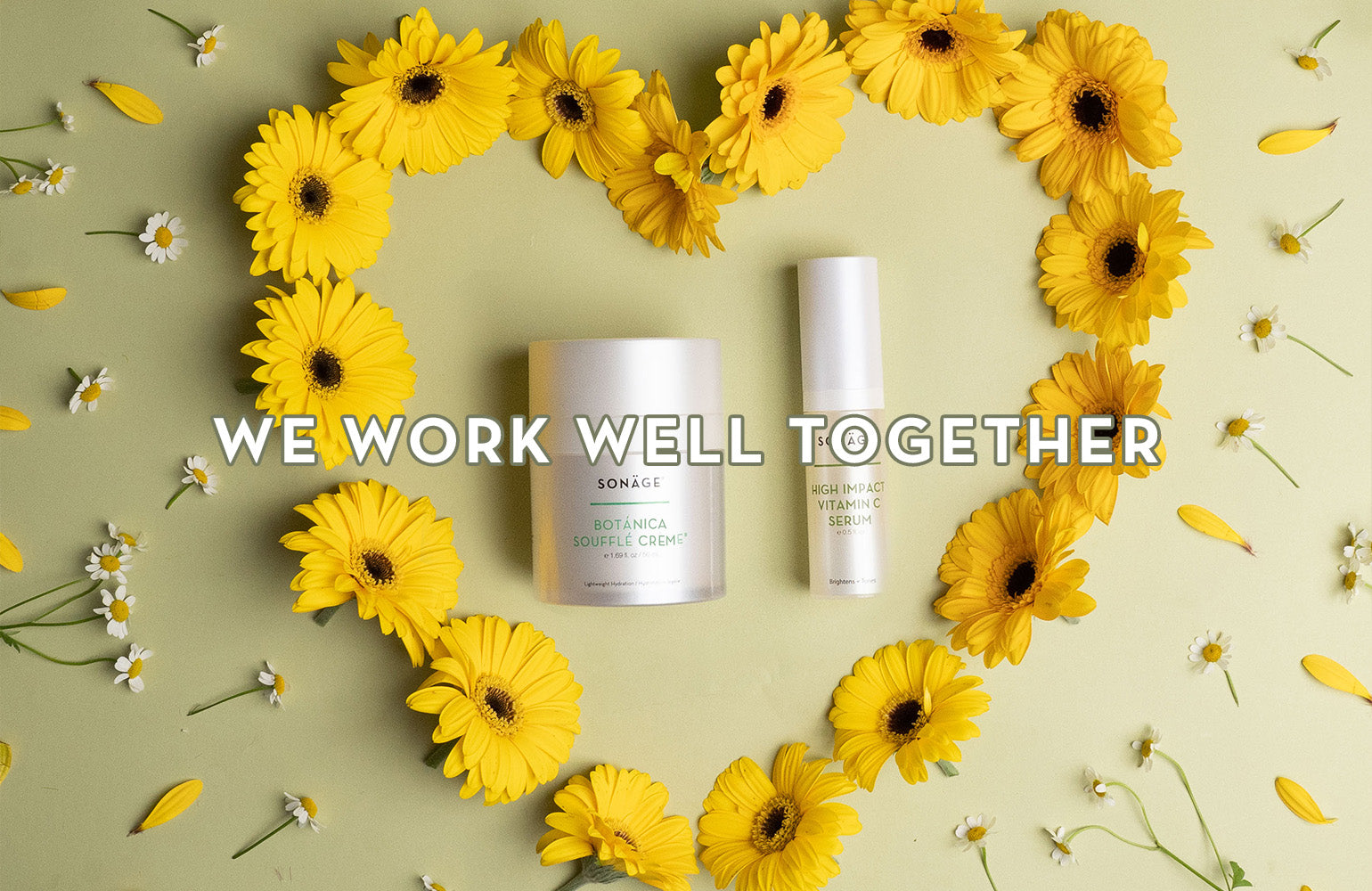
AT A GLANCE
-
WHAT IT IS
The importance of wearing sunscreen all-year round. -
WHAT IT DOES
Not wearing sunscreen can lead to adverse effects such as skin cancer. UVA/UVB rays are constant throughout any season, even Winter and it is always important to stay protected. It’s also important to start using mineral sunscreens because of its favorable ingredients. -
HOLY GRAIL PRODUCTS
Protec Plus Mineral Sunscreen
Why You Should Wear Sunscreen In The Winter?
Forgot to bring your goji berries in to snack on? No big deal, you can eat them later. Forgot to brush your teeth this morning? Not ideal, but you can apologize to your coworker when you breathe-tell a joke and she winces. Forgot to apply SPF before you left your house this morning? BIG no-no — forget to put your clothes on before you forget your SPF. Kidding, but not really.
Sun damage is irreversible. And while it is possible to reverse some problems caused by the sun, once a fine line is formed, there's no going back. And you don't need to be tanning all day to experience the effects of UVA/ UVB rays. Sitting in traffic on the way to work, staring out the office window and even working underneath fluorescent lighting can all beat down on your skin. But we're not here to convince you to use SPF (if you need persuasion to protect your skin you've come to the wrong place). No, we want to talk about the benefits of a natural SPF and how to apply it. So, first let's talk the lingo and make the distinction between natural (a.k.a. physical or mineral) and chemical sunscreens.
NATURAL SUNSCREENS
HOW THEY WORK: The active mineral ingredients sit on top of the skin and block and deflect the sun's rays. ACTIVE CHEMICAL INGREDIENTS: Zinc Oxide, Titanium Dioxide WHEN THEY WORK: Immediately after application.CHEMICAL SUNSCREENS
HOW THEY WORK: The chemical compounds absorb into the skin and create a chemical reaction to change the sun's UV rays into heat, which it then releases from the skin. ACTIVE CHEMICAL INGREDIENTS: Oxybenzone, Octinoxate WHEN THEY WORK: 20 minutes after application for effective protection. This table is helpful for an in-depth comparison.TOXIC VS NON-TOXIC
Let's go into more detail about the two most common active ingredients in chemical sunscreen: Oxybenzone and Octinoxate. According to the U.S. Centers for Disease Control. Oxybenzone absorbs through the skin in large amounts and contaminates the bodies of 97% of Americans, causing allergies, hormone disruption and cell damage. Octinoxate is an endocrine disrupter that can mimic hormones and cause thyroid problems. Zinc Oxide and Titanium Dioxide are mineral compounds that are a safer, non-toxic alternative to the harmful chemical ingredients listed above. In a mostly unregulated industry, the good news is SPF products must be registered with the FDA. Unfortunately, a significant number of brands cheat the system and market without registration. We recommend using EWG's Skindeep database to determine ingredient safety and check this list for FDA approved sunscreens.

Read More:



